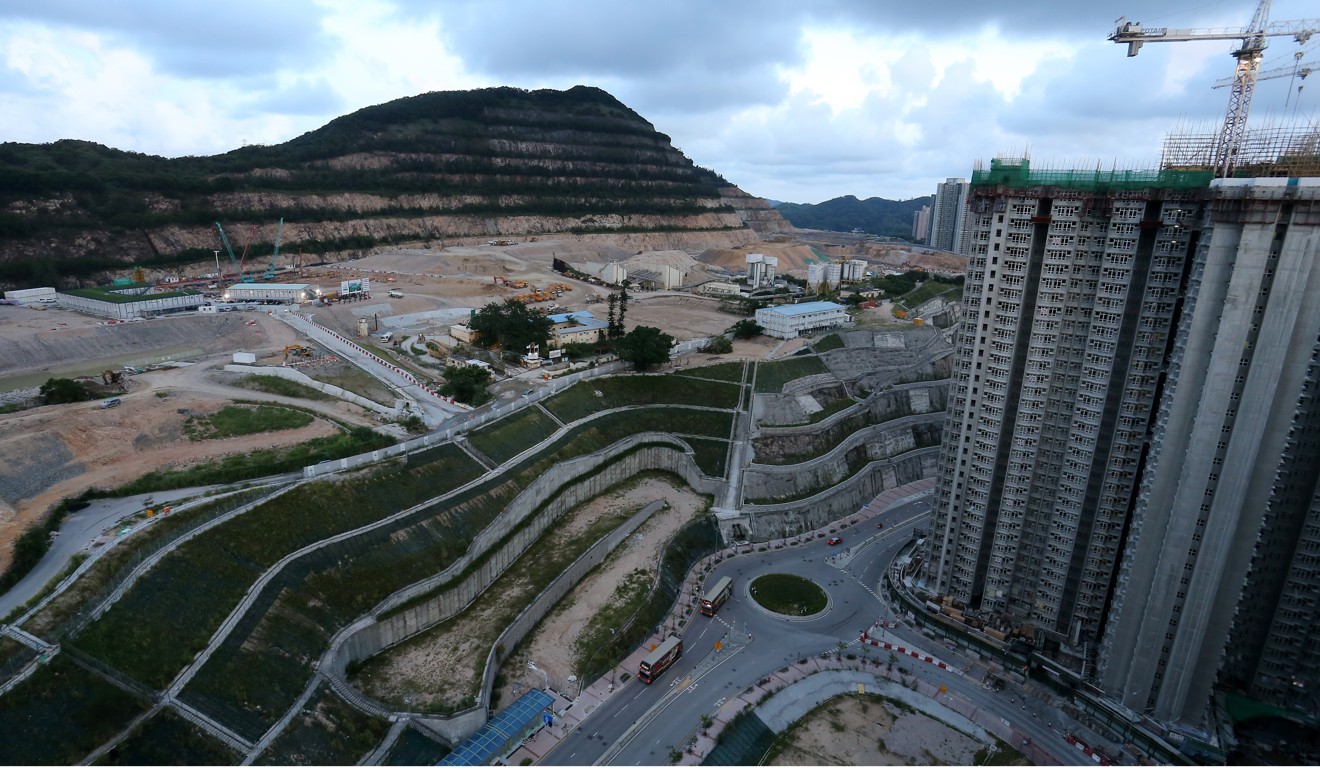
Carrie Lam’s housing policy will benefit developers more than ordinary Hong Kong people
Albert Cheng says the chief executive’s focus on home ownership risks favouring the better-off middle class, thus creating divisions in society, and raises concern about possible concessions to developers
First-time home buyers continue to be preyed on by developers in the primary private property market, where prices are at record highs. Even buyers whose household incomes are among the top 20 per cent of the city’s middle class cannot afford the insanely high down payment. Many of them manage to buy a tiny flat only with the support of their parents.
Carrie Lam must see beyond developers’ farmland to really help Hong Kong’s first-time homebuyers

As for Lam’s ideas, the so-called starter homes scheme is a plan that sounds good only on paper. Although the pilot project involves a site on government land that would be sold to developers next year, the scheme would also tap the vast tracts of agricultural land owned by developers. This may mean allowing developers to rezone idle farmland to residential use, with some conditions attached. Lam has yet to reveal more details but it raises concerns of potential collusion with developers.
Watch: Can the government work with developers to ease housing crunch?
Hong Kong’s developer cartel in line to benefit from Carrie Lam’s schemes, industry watchers say
The “green form” scheme, which began as a pilot project last year, is even more absurd. Under the policy, eligible public housing tenants can buy newly built public flats, instead of renting. This is supposed to free up some rental units, which can then be offered to households on the waiting list. In reality, however, the building of these for-sale flats will just eat into the supply of public rental housing. The government is already struggling to meet the target for public flats. If Lam regularises the green form scheme, favouring the better-off public housing households over those who are truly in need, it will only create divisions.
It is not the government’s job to “assist” their citizens to buy a home. Lam’s housing policy will only enable developers to reap enormous benefits from the loopholes. The solution to Hong Kong’s pressing housing problem is to build sufficient public rental flats to meet the rising demand, not to encourage people to become homeowners.
Can a government push for home ownership ease Hong Kong’s housing shortage?
Having said that, the government does need to put forward a land and housing policy that caters to the needs of households in different strata. Hong Kong could take a leaf from Singapore’s book. The city state offers duplex executive flats of about 1,400 sq ft for the middle class. Such larger flats are being sold in Singapore, but the Hong Kong government could make them available for rent to middle-class families here with a household monthly income of, say, HK$34,000 to HK$68,000, at about 25 per cent of their income. This would be far more effective than both the starter homes scheme and existing punitive measures which have failed to cool the market.
Watch: Why is Hong Kong housing so expensive?
Hong Kong’s housing situation is dire compared with Singapore’s. Here’s what must be done
Several suggestions for land supply have also emerged in the community, including one to build on brownfield sites in the New Territories, and another to develop the land of the Hong Kong Golf Club in Fanling. I also think it’s time to do something about the small-house policy in the New Territories. The government should consider building “small house skyscrapers” and relocate villagers to apartments in these blocks, so that more land can be released for use.
The solutions have always been there; it is the government that has been reluctant to offend the developers. Lam is no different from Leung. The proposals in her policy address are mostly old wine in new bottles.
Albert Cheng King-hon is a political commentator. [email protected]

